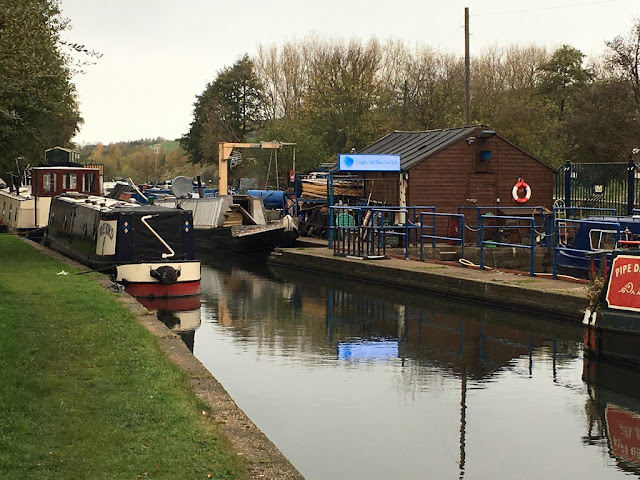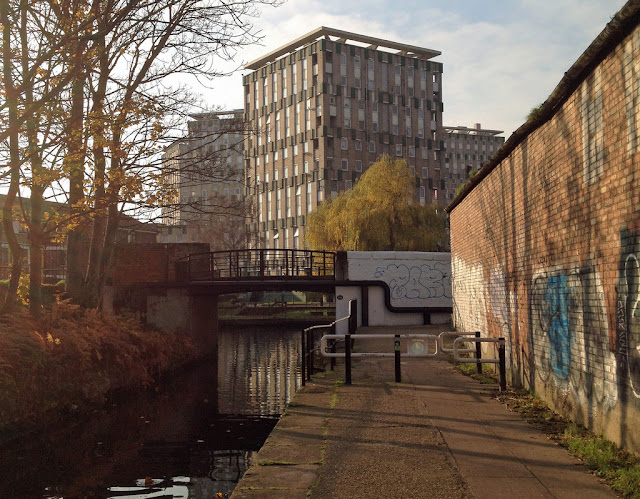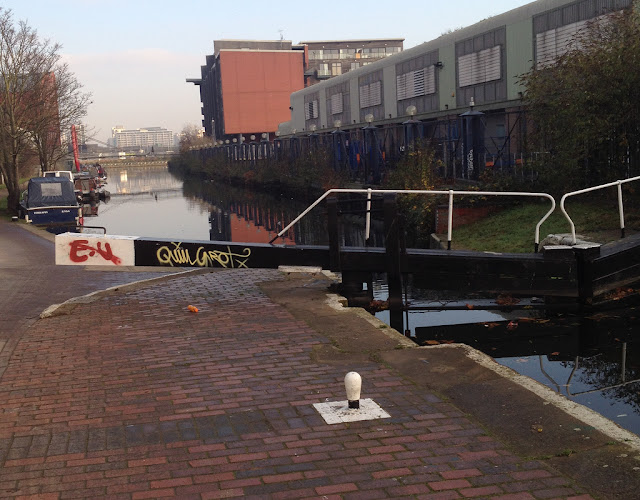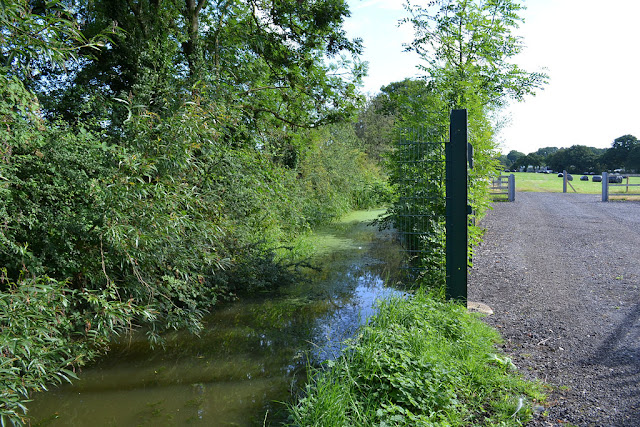The Cromford Canal was built in Derbyshire to connect Cromford with the Erewash Canal at Langley Mill.
| Information |
| Opened: |
1794 |
| Route: |
Cromford - Langley Mill, Derbyshire |
| Distance: |
23.3km |
| Status: |
Partially watered, some canal bed lost |
Work began on receiving an Act of Parliament in 1789. However the building of the canal did not run smoothly. The contractors walked out in 1790 due to issues with costs. The original engineer William Jessop underestimated how much the canal would cost to complete.
William Outram took over the project and took it to completion, but the canal proved a complicated and difficult affair involving the building of a number of tunnels and aqueducts. The first parts of the canal (on the Pinxton Arm) opened in 1792 but delays and difficulties with construction elsewhere such as at the Butterley Tunnel meant that the canal didn't reach Cromford until 1794 [1]. The Nightingale (also known as the Leawood) Arm which was built by Florence's great-uncle opened in 1802 [2]. The Cromford & High Peak Railway opened in 1831 connecting to the canal at High Peak Junction giving the canal a boost allowing trade up to Manchester.
In the end the canal cost twice as much as originally envisaged but it was a financial success. The canal carried limestone, coal, lead and iron ore among other cargos. By the 1840s the canal was carrying over 300,000 tons of cargo a year but as with all of the canals the coming of the railways eventually eclipsed it and by the late 1880s cargo has dropped to less than 50,000 tons. The canal was bought by the Midland and London North Western Railways and was used for local traffic.
The canal was largely abandoned in the early 20th century with some parts of it being lost due to subsidence such as at Butterley and road building [3]. The canal was officially abandoned in 1944.
Only a short stub at Langley Mill where it joined the Erewash and Nottingham Canals remained. However restoration efforts began in the 1970s with the towpath restored from Cromford to Ambergate and some navigation possible, though at the moment only the stretch from Cromford to the Leawood Pump House (around 2km) is fully watered and navigable. The canal retains some water as far as Ambergate.
 |
| Lawn Bridge near Cromford |
 |
| Cromford Wharf |
 |
| Towpath Swing Bridge at Leawood, current limit of navigation |
 |
| Ambergate |
 |
| Gregory Tunnel near Whatstandwell |
 |
| Langley Mill Boat Yard |
[1] Hugh Potter, The Cromford Canal (Tempus, 2003) p. 11
[2] Ibid. p. 106
[3] Ibid. p. 67














































